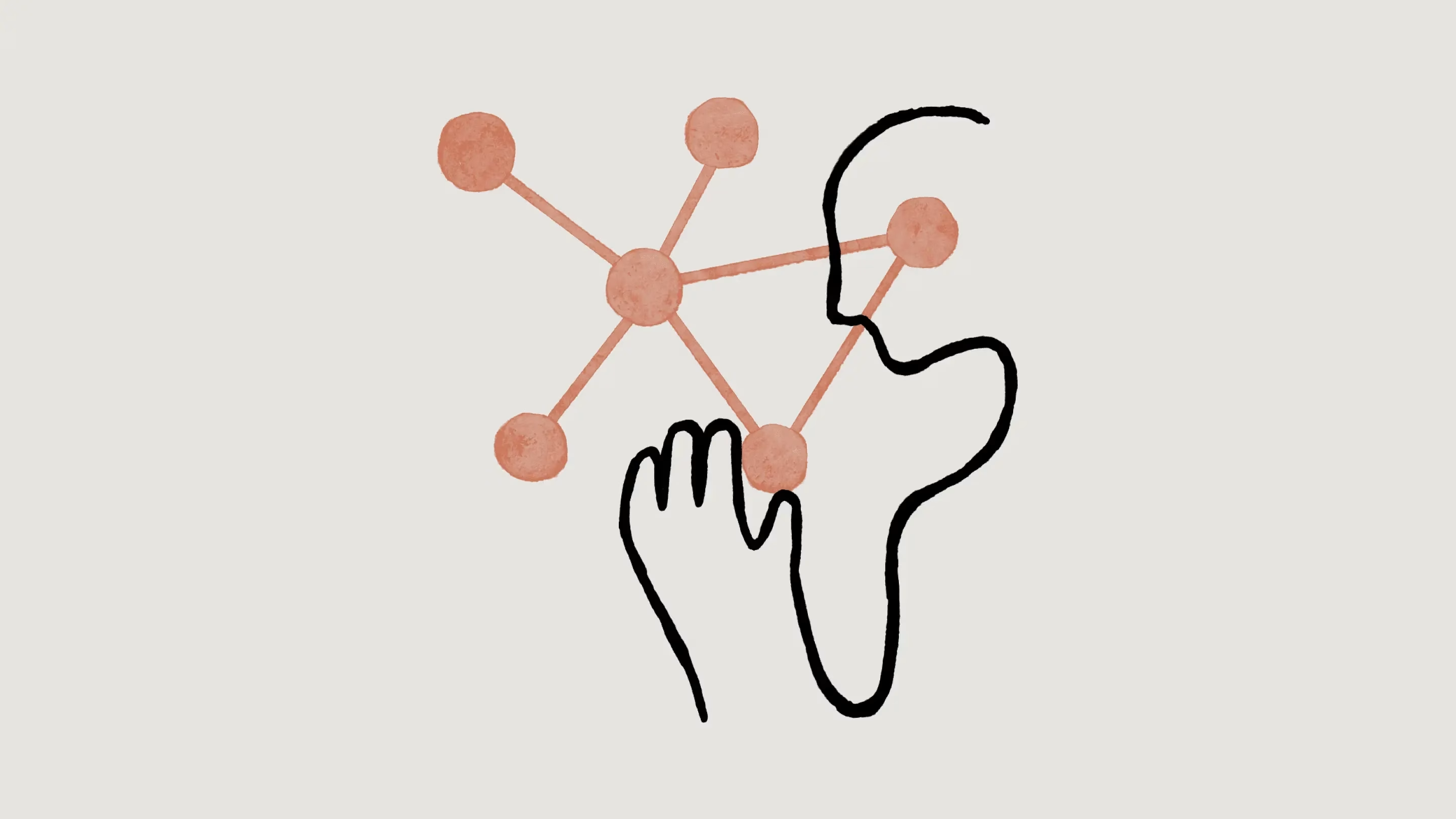Teachers Embracing AI for Grading: A Growing Trend, Anthropic Study Reveals
The findings suggest that educators are exploring AI not just for multiple-choice quizzes, but also for more complex assignments like essays and coding projects. This shift is driven by a desire to free up valuable time for more direct student interaction, lesson planning, and personalized feedback. However, the implications of AI in the grading process are multifaceted and warrant careful consideration.
The Allure of AI in the Classroom: Efficiency and Beyond
The primary driver behind teachers adopting AI for grading appears to be the sheer volume of work. Grading essays, in particular, can consume hours each week, detracting from other crucial aspects of teaching. AI tools, proponents argue, can offer a consistent and rapid initial assessment, flagging potential issues or providing preliminary feedback that teachers can then build upon.
"It's about reclaiming time," commented one high school English teacher who preferred to remain anonymous. "If an AI can help me identify common grammatical errors or structural weaknesses in a batch of essays, I can spend that saved time focusing on the nuances of argumentation or providing more targeted feedback on creativity. It's not about replacing me, but augmenting my capabilities."
Anthropic's research indicates that these tools are evolving rapidly, moving beyond simple keyword matching to understanding context, tone, and even the complexity of arguments. This sophistication is what makes them increasingly attractive for subjective assessments, though the debate around their reliability for such tasks is far from settled.
Challenges and Concerns: Accuracy, Bias, and the Human Touch
Despite the potential benefits, the use of AI in grading isn't without its significant hurdles. A major concern revolves around the accuracy and potential biases embedded within AI models. If the AI is trained on a dataset that reflects existing societal biases, it could inadvertently penalize students from certain backgrounds or those who express ideas in unconventional ways.
Furthermore, the very nature of learning often involves developing unique voices and critical thinking skills that might not be easily quantifiable by an algorithm. Can an AI truly appreciate the subtle brilliance of a student's unconventional argument, or will it favor more formulaic responses? This is a question that keeps many educators up at night.
"I worry about a 'one-size-fits-all' approach to grading," shared Dr. Evelyn Reed, a professor of educational technology. "Human graders bring empathy, understanding of individual student progress, and the ability to interpret context that AI currently struggles with. We risk standardizing learning to fit the machine, rather than using the machine to support diverse learning styles."
There's also the question of academic integrity. While AI can help detect plagiarism, its own use in generating student work presents a new challenge. How do educators ensure that the work being graded is genuinely the student's own, and not the output of another AI?
Navigating the Future: Best Practices and Ethical Considerations
As AI grading tools become more prevalent, establishing clear guidelines and best practices is paramount. Anthropic's findings highlight the need for transparency – students should know when AI is being used in their assessment, and how. Educators also need training on how to effectively integrate these tools into their workflow, understanding their limitations and strengths.
Some educators are exploring hybrid models, where AI provides an initial pass, and the teacher then reviews and refines the grades and feedback. This approach aims to leverage the efficiency of AI while retaining the essential human element of teaching. It's about using AI as a sophisticated assistant, not a replacement for pedagogical judgment.
"The goal isn't to automate teaching entirely," stated a spokesperson for Anthropic. "It's to empower educators by reducing administrative burdens, allowing them to focus on what they do best: inspiring and guiding students."
The ongoing development of AI in education presents a dynamic landscape. As these technologies mature, so too will the discussions around their ethical implementation. The key will be to ensure that AI serves to enhance, rather than diminish, the quality and equity of education for all students. It's a conversation that's just getting started, and one that educators, policymakers, and AI developers will need to engage with collaboratively.
